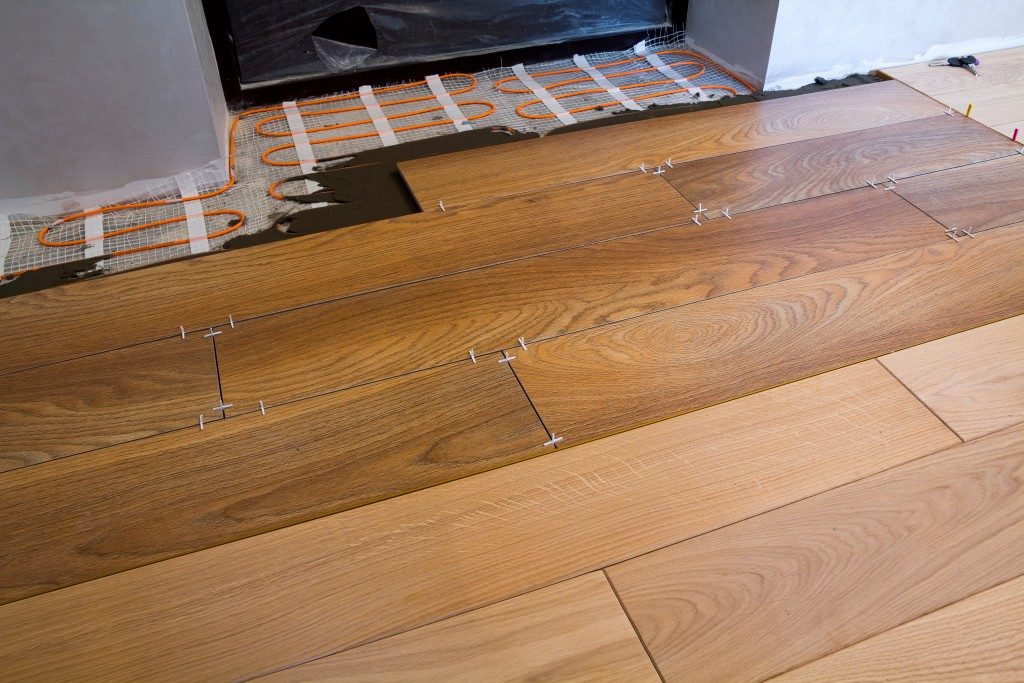Are you worried about accidents at home as you or your partner grow older? You aren’t the only one. Experts say that more than one in four adults suffer from a bad fall every year. That’s why choosing the right flooring for your home is a smart move to reduce potential slips and trips.
Choosing the best type of flooring for your home may not be a decision you regularly have to make. Once you know where you are going to install new flooring, the choice of material is made from considering five practical issues: ease of travel, slip resistance, maintenance, cushioning and comfort.
What to consider when reducing hazards
To avoid a major flooring hazard, check if the flooring material has enough friction to prevent slipping, especially when it’s wet. For example, kitchen floor tiles or linoleum may provide a cheaper option and be easy to clean, but they also increase the chance of slipping, particularly if water is spilt or leaks without being noticed.
Another factor is resilience: is the material sturdy enough to avoid scuffs and marks from walking canes or wheelchairs if the person requires mobility aids? Timber and carpeting offer more absorption of knocks or falls if someone trips, cushioning the blow and providing padding against breaks and bruising.
Check how the surface feels underfoot. Walk around barefoot to appreciate the texture, feel and temperature. Carpeting provides warmth that tiles and lining cannot, but also requires more cleaning, with a deep clean shampoo needed to remove stains; it is also prone to carpet mites. Hardwood flooring provides elegance, warmth and durability. Wood is a natural insulator, so whether you’re in Santa Ana, CA or Colorado Springs, CO, it keeps cool during the summer and keeps out the winter chill. It is easy to maintain and provides an attractive floor finish on its own, or the perfect backdrop for rugs and runners.
Flooring is part of Safe Access

Finding safe flooring is only part of how to protect older people from accidents. Easy access for the elderly or other people with mobility issues means creating a layout with fewer restrictions. Having the floor plan at the same level avoids awkward steps; removing saddles or thresholds also reduces tripping hazards. Where a change in level is necessary, look at ramps instead of stairs, sliding doors instead of hinged. Wider corridors always make mobility easier around the home.
In areas where tiles, concrete surfaces or other slippery surfaces are unavoidable, such as the bath or shower, consider matting. Anti-fatigue mats offer cushioning and are slip-resistant.
No-one wants to live in a home that is a risk to its residents. When starting a family, care is needed to avoid accidents from sharp edges, plug sockets and anything within a toddler’s reach. With older people, the precautions focus on trips, falls and fiddly locks and appliances. The common factor is showing concern and common sense in reducing hazards that lead to accidents. The right flooring plays a major role in comfort and safety for all.

